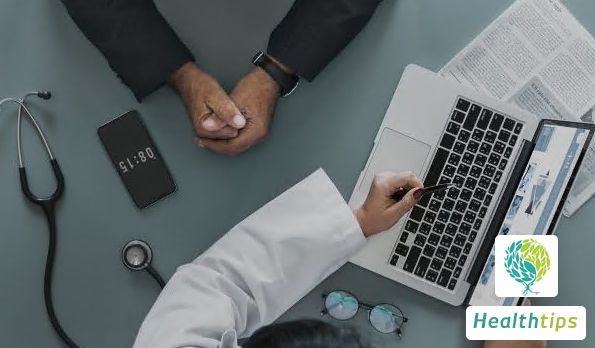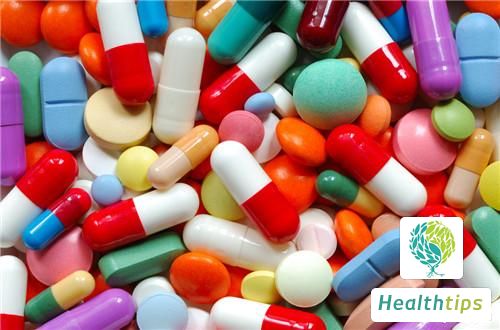What Does a CT Scan Mainly Examine?
Generally speaking, CT can be used to examine all organic diseases, especially those with large density differences. It can detect and make a qualitative diagnosis of organic space-occupying lesions. However, the most suitable diseases for CT examination are brain diseases such as tumors, hemorrhages, and infarctions. The second is space-occupying lesions in abdominal parenchymal organs, such as tumors in the liver, spleen, pancreas, kidneys, prostate, etc. The third is the examination of masses in the chest, lungs, heart chambers, spinal cord, pelvis, gallbladder, uterus, and other parts.

What to Pay Attention to After CT Examination
1. Leave the examination room immediately. After the examination, the patient should leave the examination room immediately and not stay in it because the machines in the examination room are still running. Staying too long will result in excessive radiation exposure to the body.
2. Drink plenty of water. If a patient undergoes enhanced CT scanning, they should drink plenty of water after the examination. This is because contrast agents need to be administered during the process of enhanced CT scanning, and these agents will stay in the body after injection. Drinking plenty of water can accelerate the excretion of these agents.
3. Do not go home immediately. Some patients may leave the hospital prematurely after the examination thinking that they are fine, but they may be prone to allergies after enhanced CT scanning. Therefore, they need to stay in the hospital for 30 minutes to avoid allergic reactions.



















